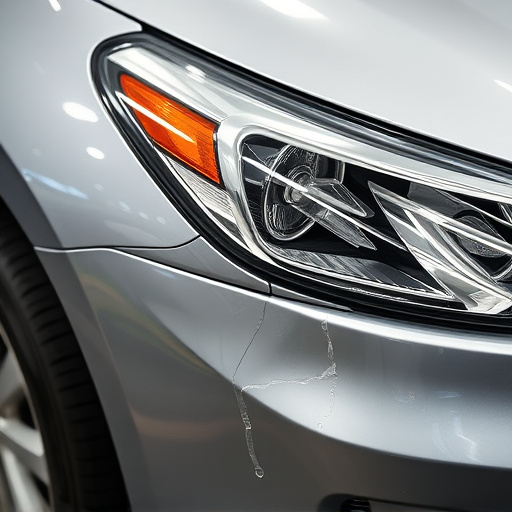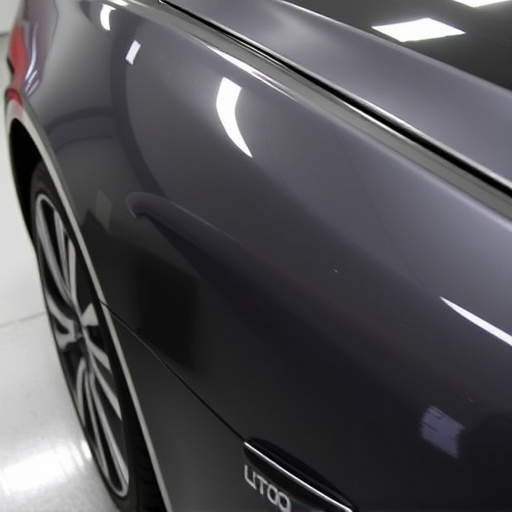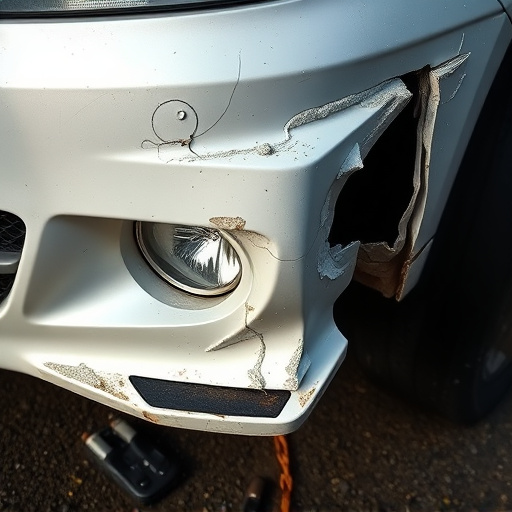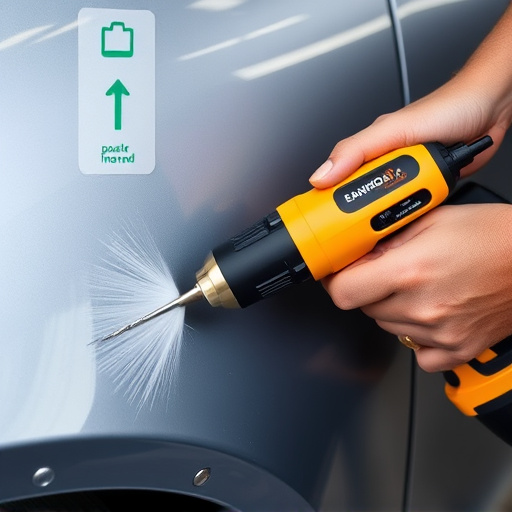Frame machines are crucial for car restoration but can suffer damage from accidents, poor maintenance, or weather exposure, leading to structural issues like warps and misalignments. Expert technicians provide comprehensive frame machine repair services, including meticulous inspections, advanced tool diagnostics, straightening metal, reinforcing structures, and refinishing. Regular checks, frequent washing, and periodic body shop inspections are vital for maintaining post-repair structural integrity and ensuring your vehicle remains safe and roadworthy.
“Thinking of repairing your frame machine but unsure what to expect? This guide breaks down the entire process, from identifying common issues like motor failures or hydraulic leaks to the step-by-step repair process. Learn how professionals troubleshoot and fix your equipment effectively. Additionally, discover essential post-repair maintenance tips to ensure optimal performance and longevity of your frame machine.”
- Understanding Common Frame Machine Issues
- The Repair Process Step-by-Step
- Post-Repair Maintenance and Tips
Understanding Common Frame Machine Issues

Frame machines are integral to car restoration and vehicle body shops, so it’s crucial to understand common issues that can arise. Problems with a frame machine often manifest as structural damage or misalignments, which can be caused by various factors such as accidents, poor maintenance, or exposure to extreme weather conditions. These issues can lead to uneven car paint repair, visible warps, and even safety hazards if left unaddressed.
Regular frame machine repair is essential for maintaining the integrity of your vehicle’s body. Common signs that indicate the need for a frame machine repair service include inconsistent panel gaps, misaligned doors or fenders, and an uneven chassis. A car restoration specialist will use specialized tools to assess and address these issues, ensuring the frame is straightened and brought back to its original condition, facilitating precise car paint repair in a vehicle body shop.
The Repair Process Step-by-Step

During a frame machine repair service, the process begins with a thorough inspection to identify any damage or misalignment in the vehicle’s frame. Skilled technicians use advanced tools and technology to assess the extent of the issue, ensuring an accurate diagnosis. Once the problem areas are pinpointed, the repair team gets to work.
The actual repair involves several steps: first, any bent or damaged metal is straightened and reinforced using specialized equipment. This might include tire services to ensure proper alignment. Then, for cases requiring it, auto dent repair techniques are employed to restore the frame’s original shape. After the structure is secure, the team moves on to refinishing, which may include painting or coating to match the vehicle’s original finish. The final step involves a quality check, ensuring all components are functioning correctly and that the car is safe for road use, thus delivering top-notch frame machine repair services.
Post-Repair Maintenance and Tips
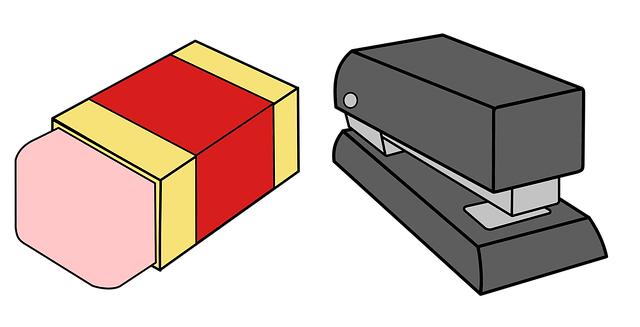
After a successful frame machine repair, maintaining your vehicle’s structural integrity is key. Regular checks and routine maintenance are essential to ensure the longevity of the repairs. Keep an eye on any signs of damage or wear and tear, especially in areas previously affected by the collision. Frequent washing and detailing can help prevent rust and corrosion, common issues after a frame-related repair.
Consider visiting an automotive body shop or auto collision center for periodic inspections. These professionals can offer valuable advice on post-repair care, including recommendations for car paint services if needed. By staying proactive with maintenance, you’ll be able to catch any potential issues early on, ensuring your vehicle remains safe and roadworthy.
When it comes to frame machine repair, understanding the common issues and the step-by-step repair process is key to a successful outcome. By regularly maintaining your equipment post-repair, you can ensure optimal performance and extend its lifespan. Remember, prompt action on any red flags is crucial, as quick repairs can prevent costly breakdowns. With the right approach, you’ll be back in business, enjoying smooth operations in no time.
